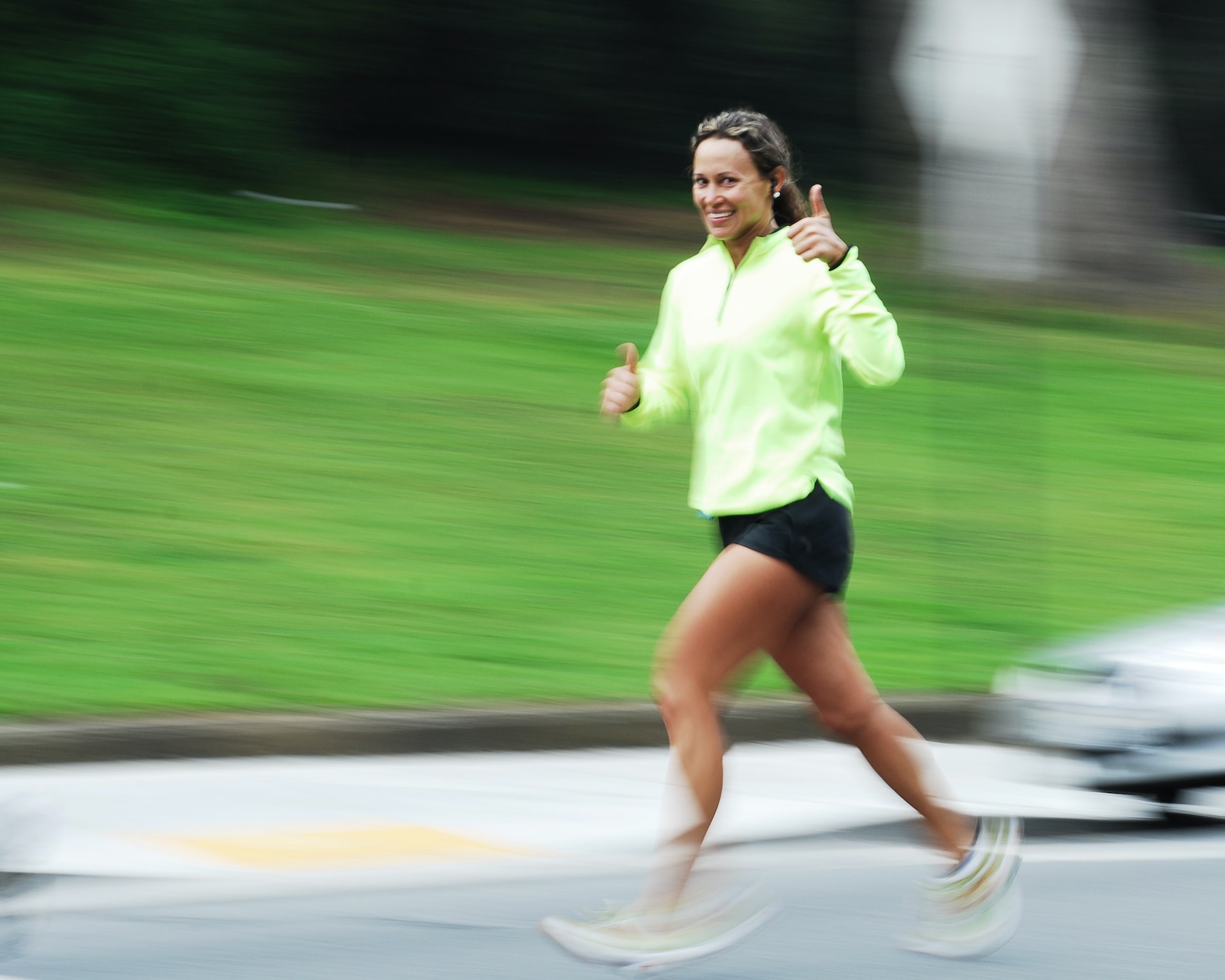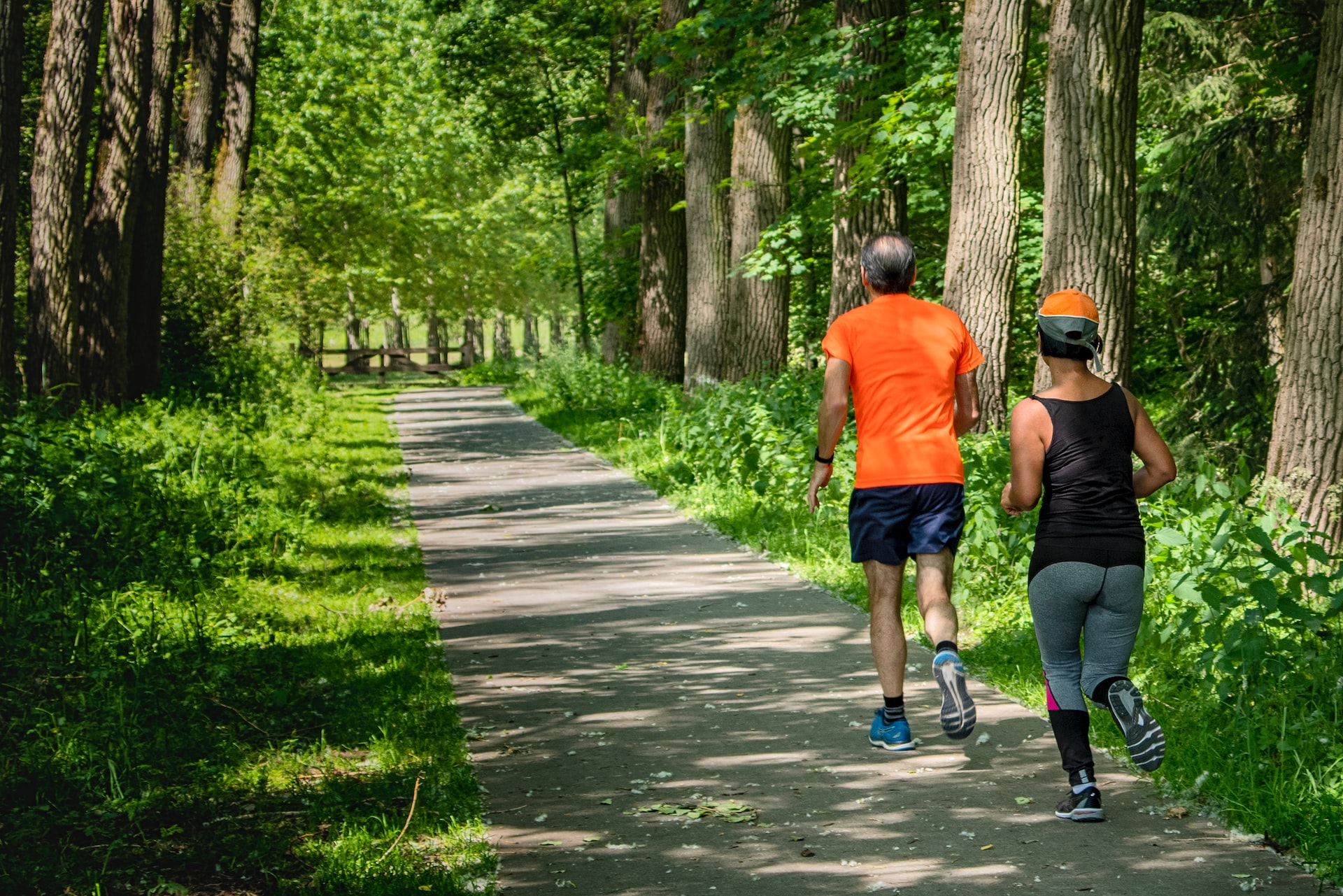The years go by, the birthday candles take up more and more space on the cake, and if you are no longer 20 you have also stopped thinking that all the possibilities are still available to you. Everything is still open, but the horizon is narrowing. Even with regards to running. Because while it’s true that the years of racing ahead of you are getting fewer and fewer, it’s also true that you can still get the most out of racing at 30, 40 and 50 and beyond.
Running at any age: how to get the most out of your 30s, 40s and 50s
Obviously you can’t think of having the same performance at 20 as you did at 50, obviously you can’t think of training at 50 as you did (or would have) at 20, obviously the recovery time will be longer, but the good news is that even at 30, 40 and 50 you can prepare yourself to run well and for life. All it takes is a little effort and reflection on your training plan.
Running at 30
At 30, you’re in the sweet spot. Optimal to reach your best performance, optimal also to start running. Because 30 is not too late to start running. From a physiological point of view the decline has just begun and has not yet manifested its consequences, from a mental point of view you may be in the balance point between youthful enthusiasm and mature age wisdom, and from a running point of view it’s all about focusing about the really important things.
What to do to run at 30 years old
Enter strength training, which is essential for reaching your peak performance, but also for taking full advantage of peak bone density, which will allow you to run and move healthily for life and avoid osteoporosis problems.
What NOT to do to run in your 30s
Don’t take a day off. Ok you’re 30, and you probably still consider yourself a young runner, but no, you’re not a teenager anymore. It’s already time to take care of your body, and as invincible as it may feel, it’s best to prioritize sleep, nutrition and other factors that support the stress of training and life.
READ ALSO: Starting running at 30 is the best thing you can do
Running at 40
One study showed that after training for a marathon, new runners’ blood pressure and arteries rejuvenated by four years. But you start to reach the point where performance starts to gradually decline by about 1% each year. Self-care and prevention are more important than ever: if you can avoid injuries, the risk of injury is reduced. Once an injury has been sustained, however, the risk of re-injury is higher. Bone density in sedentary people begins to decline around this time, but continuing to train with weights helps reduce the effects of aging.

What to do to run at 40 years old
Focus on: Have fun and start lowering your performance goals. Since you’re in the decade where performance can start to gradually decline, it’s time to start planning your training and racing around what you enjoy. Perhaps this is the decade you take up trail running after spending your 30s chasing a personal best. Or perhaps you’ll start running with a few friends on “easy” days to ensure a decent pace. Your goal this decade should be to keep the spark alive as a runner, especially if you were very competitive in previous years. Learn to love running for the sake of running, not for the finish line and medals.
What NOT to do to run at 40
Avoid long runs for no reason. Let’s be honest, most 40-year-old runners don’t have the time for an unplanned 20km anyway. Chances are you are too busy managing work, home, family and some semblance of a social life. But even if you manage to carve out time for a longer casual session, don’t go overboard. While your fitness may take you far, long runs done outside of an appropriate training plan will likely result in you needing more time to recover instead of increasing your fitness.
READ ALSO: Start running at 40: 9 tips to do it
Running at 50
The good news: At this age, you can still run a marathon safely and successfully. A study of people over 50 showed that there are no negative effects of running a marathon. Plus, you’ll be healthier than your sedentary colleagues. But that doesn’t mean you have to keep exercising like a teenager.

What to do to run at age 50
Focus on high intensity. As we age, intensity becomes more and more important. Many runners believe that as we age, slowing down and taking longer, slower runs is better for the body, but that’s not the case. After 50, it’s better to do high-intensity workouts twice a week than five workouts a week for easy running: regular exercise helps keep your VO2 max relatively high as you age, but always go long, slow distances it’s useless: you need to go fast regularly.
What NOT to do to run at age 50
Avoid more than two high-intensity workouts in a week. Better to add an extra day off to the regular Mondays off you’ve probably been having for years. As far as high-intensity workouts go, doing more isn’t better. In your 20s you could do hard workouts five days a week, come home and repeat them the next week, but the reality athletes learn as they get older is that recovery becomes the main thing: you don’t recover that fast anymore, and that becomes very evident.
READ ALSO: Did you decide to start running at 50? Watch out for these things
Photo by Sherise Van Dyk / Kate Trifo / Andrew Dinh / Lucas van Oort on Unsplash
Advertising
